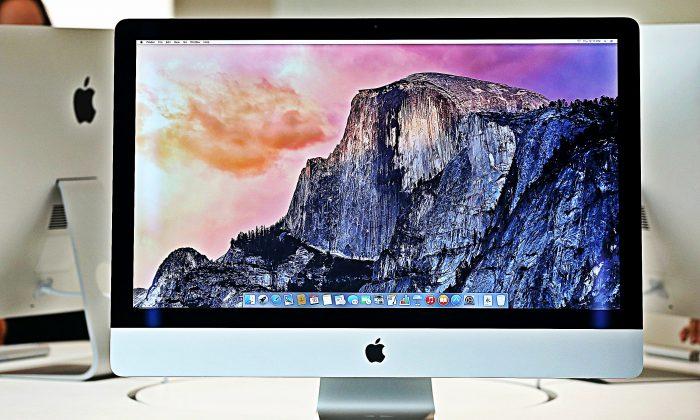Most photo enthusiasts will dismiss a photo straight away if they find out it was taken with a smartphone. There is an almost outright cry of “get a real camera” to be heard, but it’s undeniable that a good photo is a good photo regardless of the gear used to take it. Thanks to the smartphone, people are snapping photos everywhere these days.
The good news is that the price of DSLR keeps falling and they are becoming more common among regular photographers as well as professionals, and photo enthusiasts. So what does DSLR actually mean?
DSLR stands for Digital Single Lens Reflex, or to put it simply, DSLR is a digital camera that uses mirrors to direct lens to the viewfinder.
- Digital – means that the camera shoots digitally instead of using films.
- Single Lens – means that it uses a single lens for both viewing and shooting. In contrast, a Twin Lens Reflect (TLR) camera uses the top lens to view and shoots through the second, bottom lens.
- Reflex – means that the camera uses mirror and prism to bounce the image to the viewfinder, so that what you see at the viewfinder is exactly what you are shooting through the lens. This is a good example of what-you-see-is-what-you-get.
Below is a good illustration from wikipedia.
- Camera lens
- Reflex mirror
- Focal-plane shutter
- Image sensor
- Matte focusing screen
- Condenser lens
- Pentaprism/pentamirror
- Viewfinder eyepiece
The biggest advantages of DSLR compared to a point-and-shoot are photo quality and response. Most compact cameras cannot match the quality of a DSLR since the imaging sensors of a DSLR are much larger.
Bigger sensor equates to better photographs and less noise when increasing the sensitivity (ISO) while dealing with low-lighting. And no compact camera can match the response or speed of a DSLR.
With a DSLR in your hands, you can be rest assured that you will only miss great photo opportunities when you are not prepared, not because your camera was not able to get the shot.
Republished with permission from RumorsCity. Read the original.




